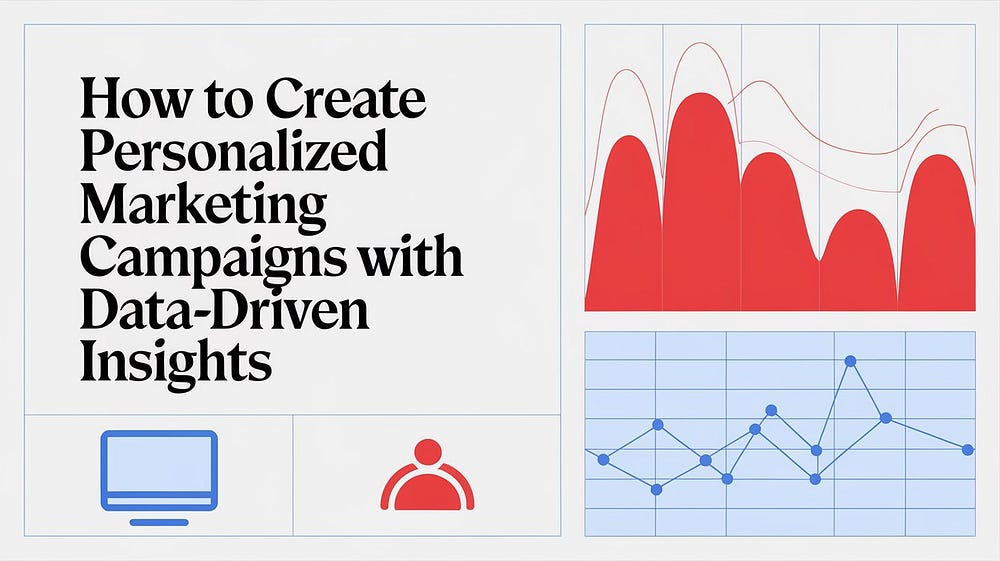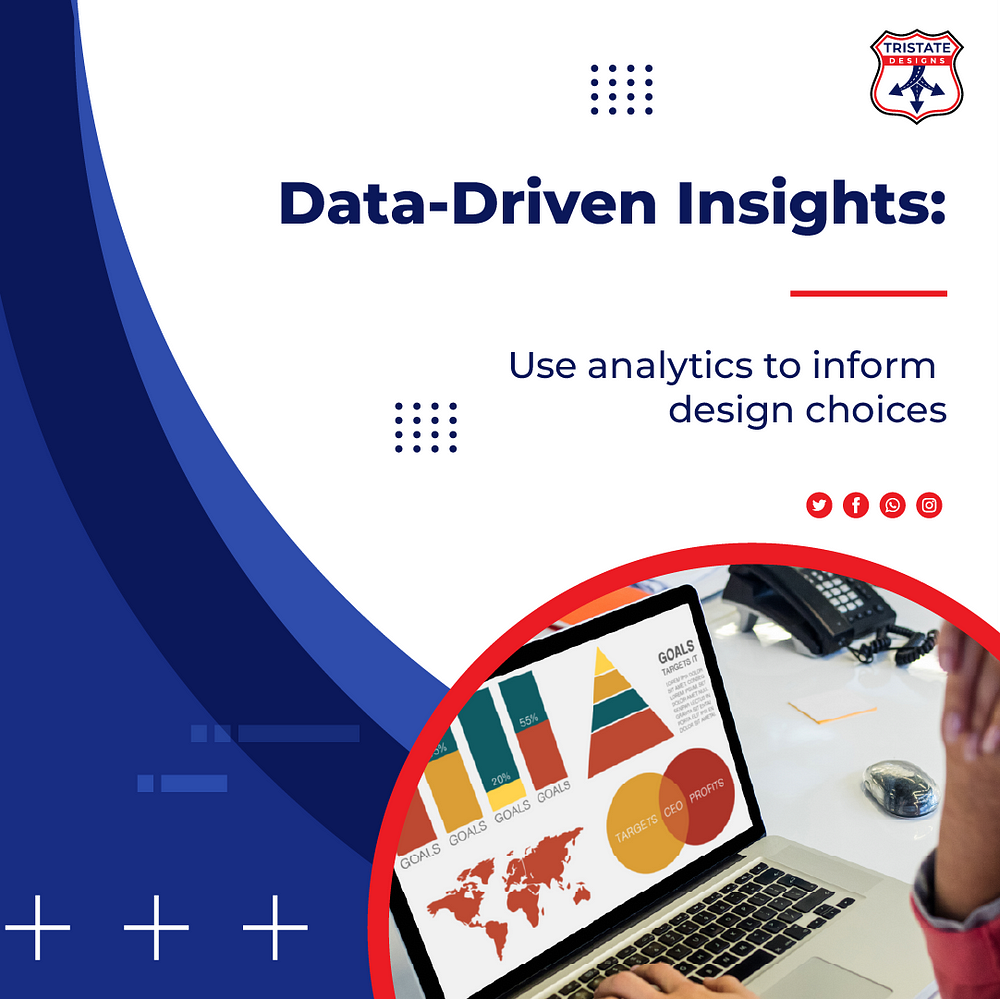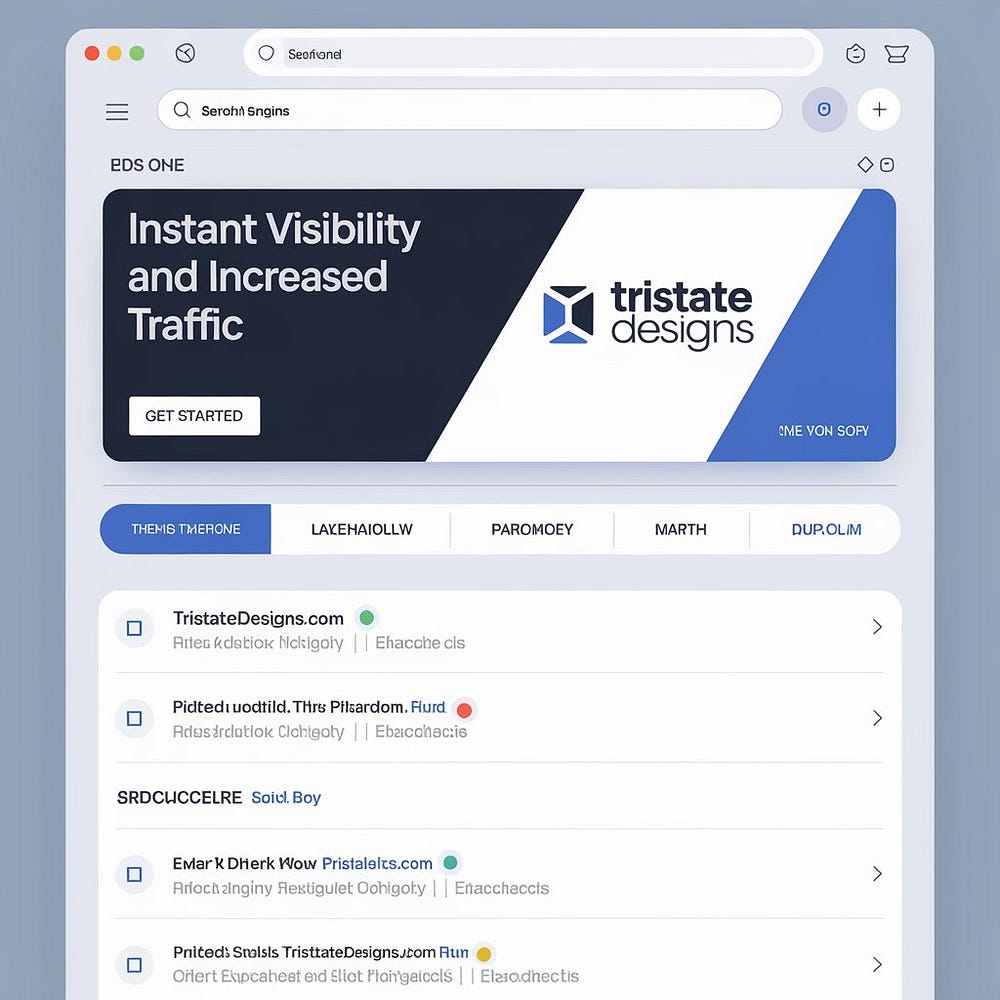In today’s digital landscape, data-driven insights have become indispensable for businesses seeking...
How to Create Personalized Marketing Campaigns with Data-Driven Insights

In today’s competitive digital landscape, generic marketing campaigns no longer yield the desired results. Consumers expect personalization, and businesses that tailor their marketing efforts to the specific needs and behaviors of their audience see far greater success. Data-driven insights are crucial for crafting personalized marketing campaigns that resonate with individuals on a personal level. In this blog, we’ll explore how businesses can leverage data to create marketing campaigns that foster engagement, build brand loyalty, and drive conversions.
1. Understanding the Role of Data in Marketing
Before diving into personalized campaigns, it’s important to understand the value of data. Marketing data comes from various sources, including customer interactions, social media behavior, website analytics, email engagement, and purchase history. These data points allow businesses to create a comprehensive view of their customers’ needs, preferences, and behaviors.
By leveraging this data, businesses can move from generic one-size-fits-all campaigns to targeted marketing strategies that offer products and services tailored to each customer segment.
Key Data Sources for Personalization:
- Website and app usage analytics
- Social media insights
- Purchase and browsing history
- Email engagement metrics
- Customer feedback and surveys
2. Segment Your Audience for Targeted Campaigns
A one-size-fits-all marketing approach rarely works in today’s digital world. The first step in creating personalized marketing campaigns is to segment your audience based on relevant data points. Audience segmentation allows businesses to group customers based on demographics, behaviors, preferences, or any other metric that provides insights into their needs.
Effective Ways to Segment Your Audience:
- Demographics: Segment customers by age, gender, location, or occupation.
- Behavior: Group customers based on purchase history, browsing patterns, or how often they interact with your content.
- Customer Lifecycle Stage: Create different campaigns for new leads, long-time customers, and those who may need re-engagement.
- Interests: Use social media and browsing data to target customers based on their specific interests.
By doing this, businesses can tailor their messages and offers to each segment, making them feel more relevant and engaging.
3. Use Data-Driven Insights to Personalize Content
Once your audience is segmented, the next step is to use data to create personalized content for each segment. Data-driven insights provide a deeper understanding of what each group of customers is interested in. Whether you’re sending out email campaigns, creating social media posts, or launching digital ads, the content should reflect your understanding of your audience’s needs.
For example, an e-commerce company might discover that a certain segment of their audience prefers eco-friendly products. They can then tailor email content, product recommendations, and even ad creatives to reflect this interest, resulting in higher engagement and conversions.
Examples of Data-Driven Content Personalization:
- Personalized product recommendations based on past purchases
- Customized email subject lines with customer’s name or interest
- Social media ads targeting specific demographics or behaviors
- Content recommendations on a website based on browsing history
4. Leverage Predictive Analytics for Timely Engagement
Predictive analytics is another powerful tool in creating personalized marketing campaigns. By analyzing historical data, predictive analytics can forecast future customer behavior, such as predicting which products a customer is likely to buy next or when they’re most likely to engage with your content.
For example, if data shows that a customer typically makes a purchase at the beginning of each month, your business can send personalized offers right before this time. This proactive approach ensures that your marketing messages reach the customer when they’re most likely to take action.
Benefits of Using Predictive Analytics:
- Predicting customer churn and offering targeted re-engagement campaigns
- Sending promotions at the right time to boost conversions
- Identifying the next best product to recommend based on purchase history
- Tailoring content and timing for individual customer journeys
5. Optimize Campaigns with Real-Time Data
One of the advantages of data-driven marketing is the ability to optimize campaigns in real time. With access to performance metrics such as click-through rates, conversion rates, and engagement levels, businesses can tweak their campaigns on the go. This continuous optimization ensures that your personalized marketing strategies are as effective as possible.
Real-Time Optimization Tactics:
- Adjusting email subject lines or content based on A/B testing results
- Refining digital ad targeting based on engagement metrics
- Updating website content or recommendations based on user behavior
- Modifying social media posts in real time to improve engagement
6. Ensure Privacy and Data Security
While using data to personalize marketing campaigns is highly effective, businesses must also prioritize customer privacy and data security. With increasing concerns over data breaches and misuse, transparency about how customer data is collected and used is critical. Ensure compliance with data protection regulations such as GDPR or CCPA, and give customers control over their data preferences.
Conclusion
Creating personalized marketing campaigns using data-driven insights is a game changer for businesses. It enables them to deliver relevant, engaging content that resonates with customers on a personal level. From segmenting your audience to leveraging predictive analytics and optimizing campaigns in real-time, data plays a crucial role in driving successful marketing efforts. However, businesses must also balance personalization with privacy, ensuring that customers feel secure about how their data is used.
By tapping into the power of data, you can create more effective marketing campaigns, build stronger customer relationships, and ultimately drive greater ROI for your business.


